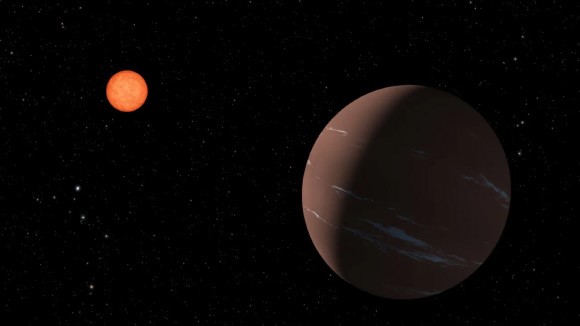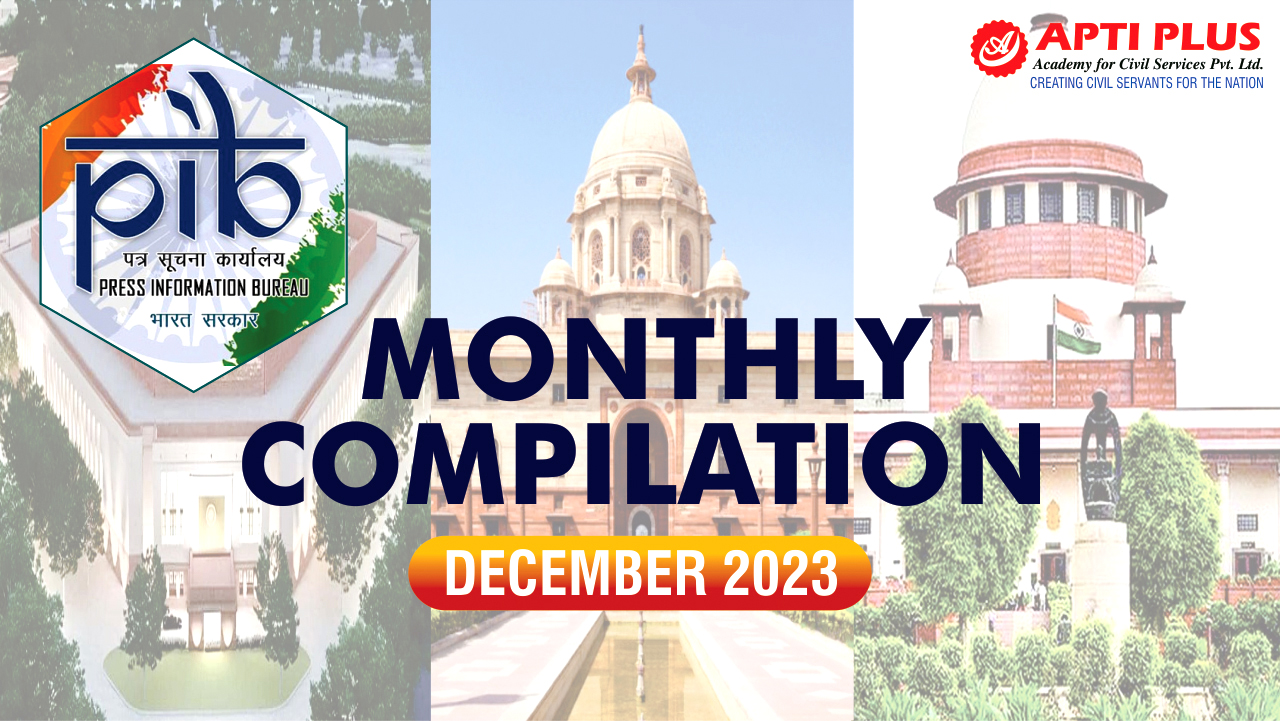Description

Disclaimer: Copyright infringement not intended.
Context
Astronomers, utilizing data from NASA’s Transiting Exoplanet Survey Satellite (TESS), have made a groundbreaking discovery: a super-Earth exoplanet located within the habitable zone of the nearby red dwarf star TOI-715.
Details
- TOI-715b has a period of 19.3 days and orbits within the habitable zone of its parent star, where conditions could support the presence of liquid water on its surface.
Characteristics of TOI-715
- TOI-715, also known as TIC 271971130, is classified as an M dwarf star of spectral type M4.
- It is located approximately 137 light-years away in the constellation of Volans and is estimated to be around 6.6 billion years old, making it older than our Sun.
- In addition to TOI-715b, astronomers have identified a smaller terrestrial exoplanet candidate, named TOI-715c, with a period of 25.6 days.
- TOI-715c may also reside within the conservative habitable zone of TOI-715, further expanding the potential for habitable environments in this system.

About exoplanets
- Exoplanets, also known as extrasolar planets, are planets orbiting stars outside of our solar system.
- Exoplanets are celestial bodies that orbit stars other than our Sun.
Discovery of Exoplanets:
- Radial Velocity Method: This technique detects exoplanets by measuring the periodic Doppler shifts in a star's spectrum caused by the gravitational tug of an orbiting planet.
- Transit Method: Exoplanets passing in front of their host stars cause a slight dimming of starlight, allowing astronomers to detect their presence by observing periodic dips in brightness
- Direct Imaging: Advanced telescopes capture images of exoplanets directly by blocking out the light from their host stars.
- Gravitational Microlensing: Exoplanets can also be detected through the gravitational lensing effect they produce when passing in front of background stars.
Classification of Exoplanets:
- Gas Giants: Large planets primarily composed of hydrogen and helium, similar to Jupiter and Saturn in our solar system.
- Terrestrial Planets: Rocky planets similar in composition to Earth, Mercury, Venus, and Mars.
- Super-Earths: Exoplanets larger than Earth but smaller than gas giants.
- Mini-Neptunes: Intermediate-sized planets with rocky cores surrounded by thick atmospheres of hydrogen and helium.
- Hot Jupiters: Gas giants orbiting very close to their host stars with high surface temperatures.
Characteristics of Exoplanets:
- Mass and Size: Exoplanets range from Earth-sized to several times the size of Jupiter.
- Orbital Period: Exoplanets orbit their host stars at various distances, leading to different orbital periods.
- Atmospheric Composition: Spectroscopic analysis provides insights into the composition and temperature of exoplanet atmospheres.
- Habitability: Scientists search for exoplanets within the habitable zone of their stars, where conditions may be suitable for liquid water and potentially life as we know it.

Conclusion
The discovery of the super-Earth exoplanet TOI-715b within the habitable zone of TOI-715 represents a significant advancement in exoplanet research. This finding opens up new possibilities for studying potentially habitable environments beyond our solar system and underscores the importance of continued efforts to explore and understand exoplanetary systems.
MUST READ ARTICLES:
https://www.iasgyan.in/daily-current-affairs/tess#:~:text=TESS%20is%20equipped%20with%20four,variations%20caused%20by%20exoplanet%20transits
|
PRACTICE QUESTION
Q. Which of the following statements about exoplanets is correct?
1. Exoplanets are celestial bodies found within the asteroid belt of our solar system.
2. Exoplanets are planets located outside our solar system, orbiting stars other than the Sun.
3. Exoplanets can be gas giants similar in size and composition to Jupiter and Saturn.
4. Exoplanets are only discovered using ground-based telescopes.
Options:
A) 1 and 2
B) 2 and 3
C) 3 and 4
D) 1 and 4
Correct Answer: B
|











